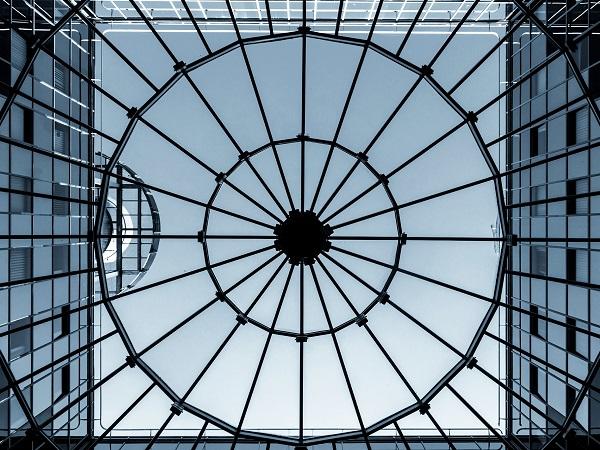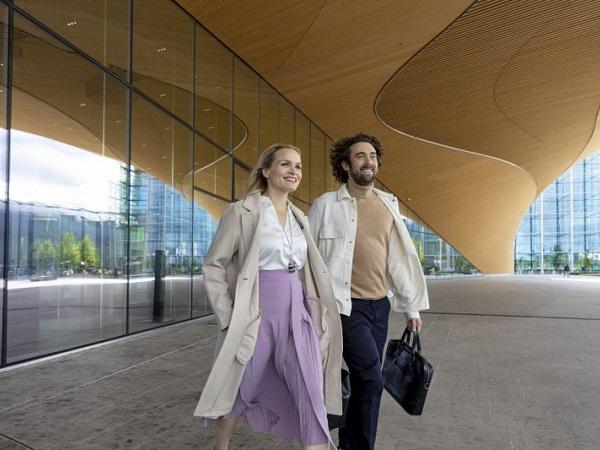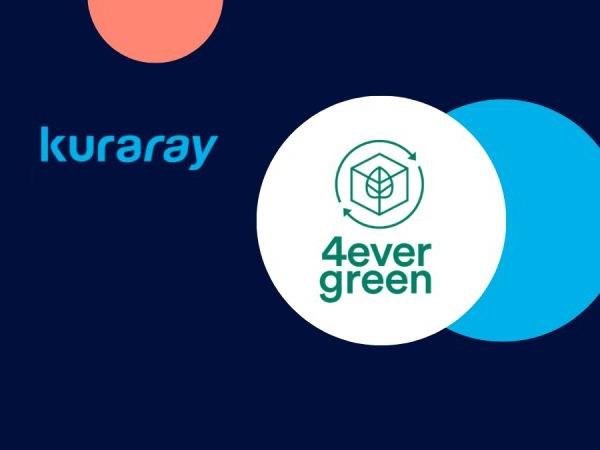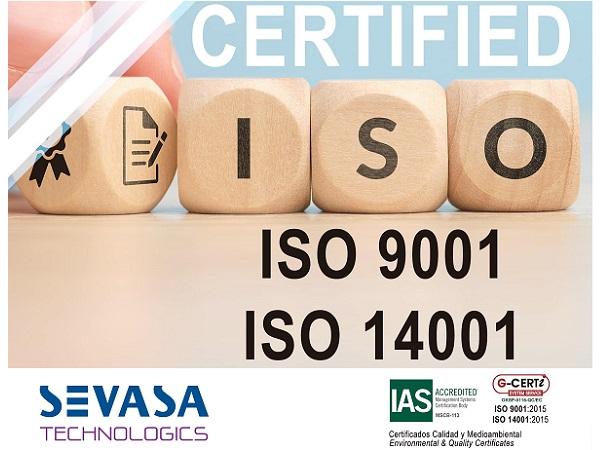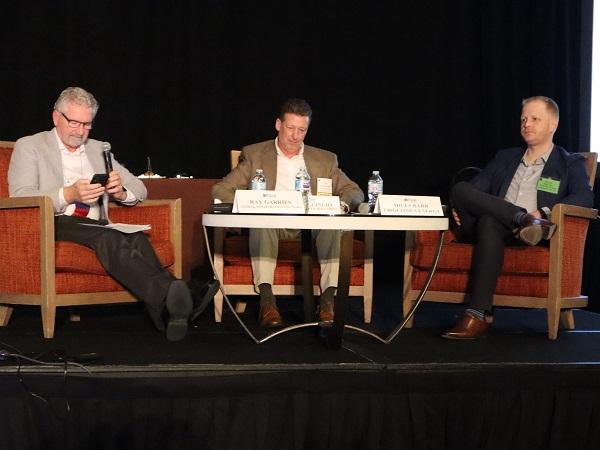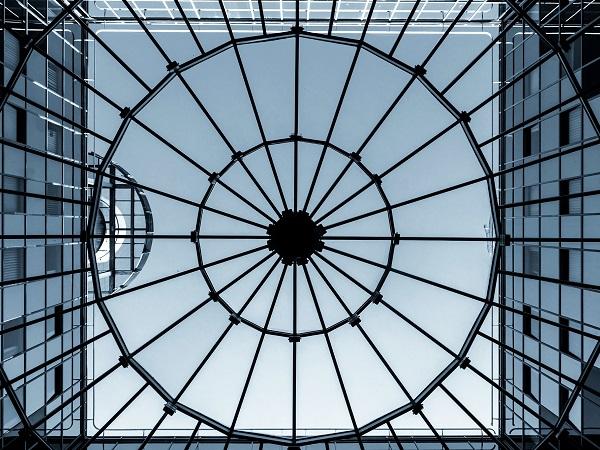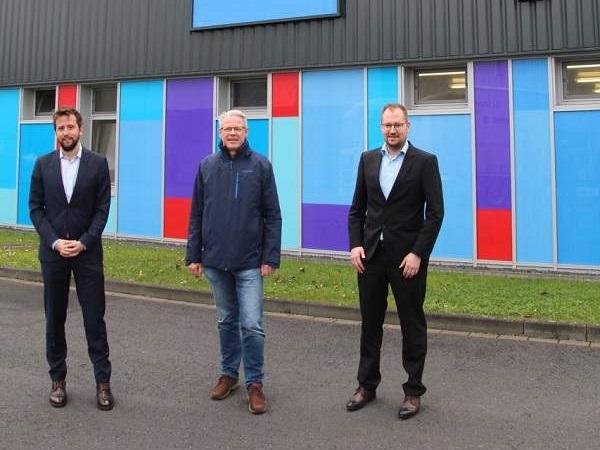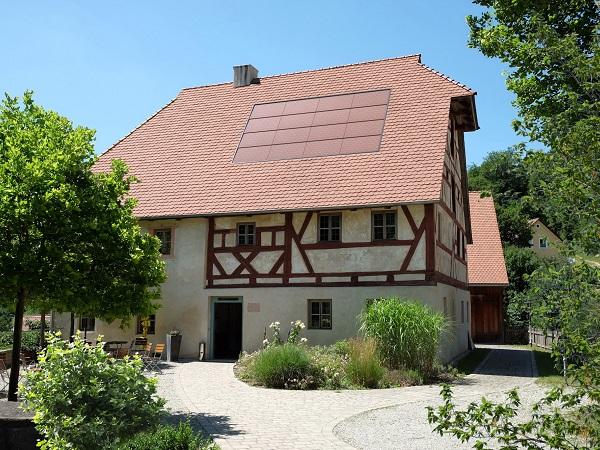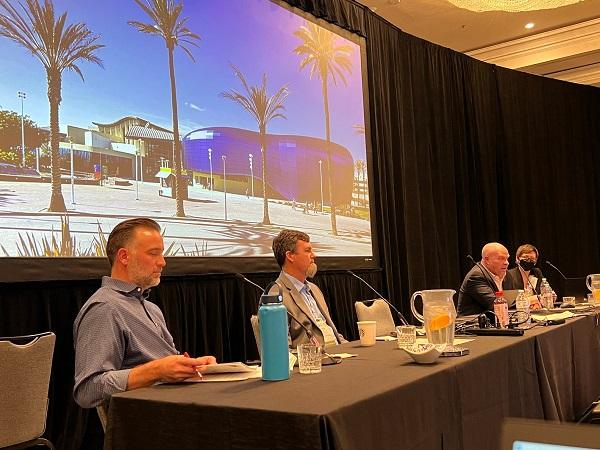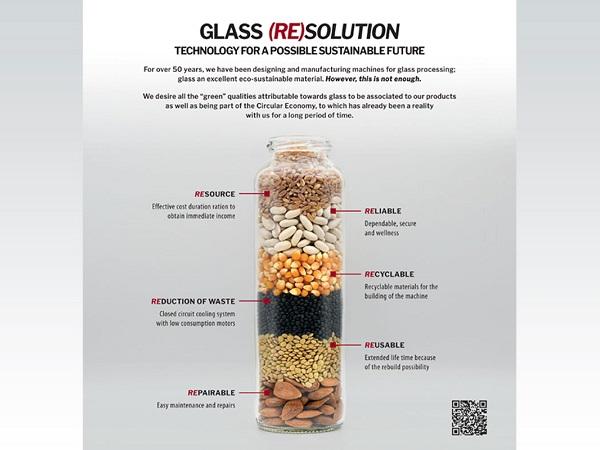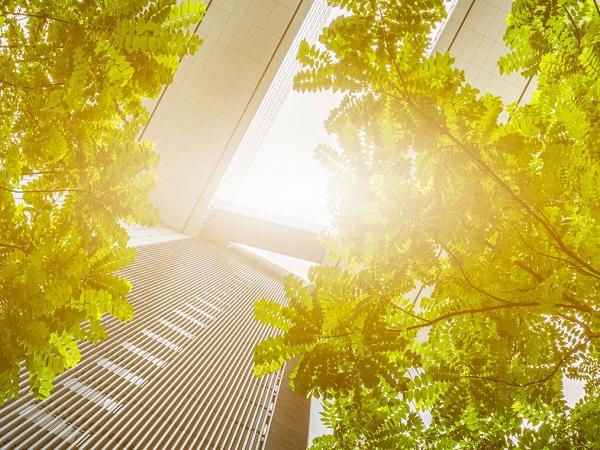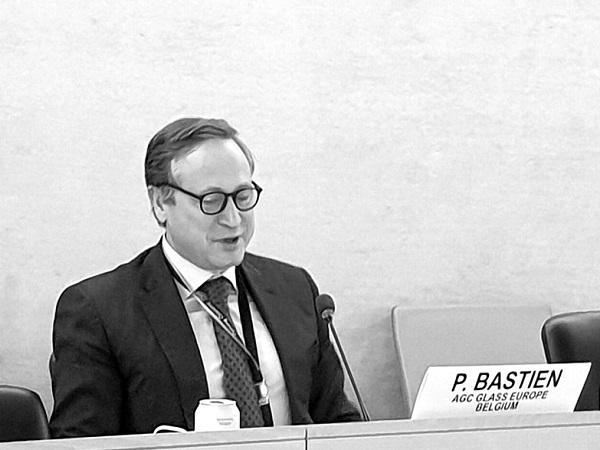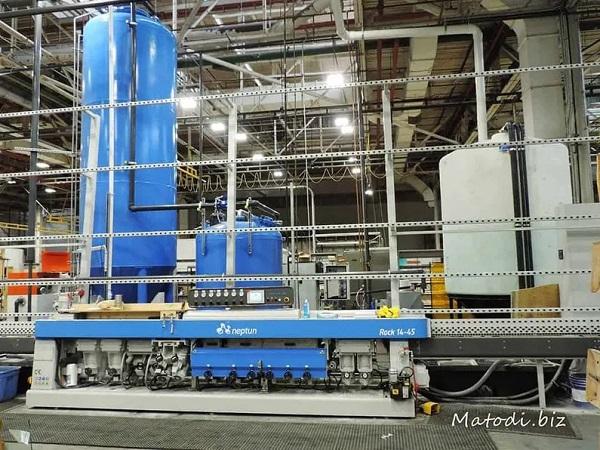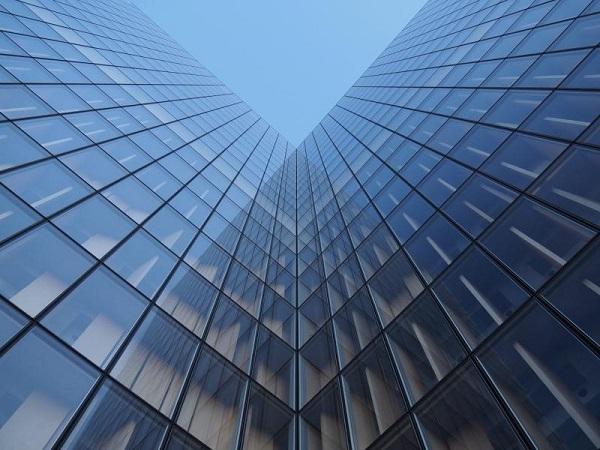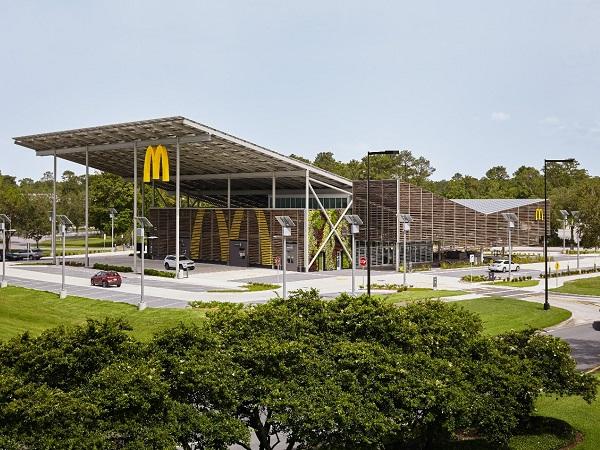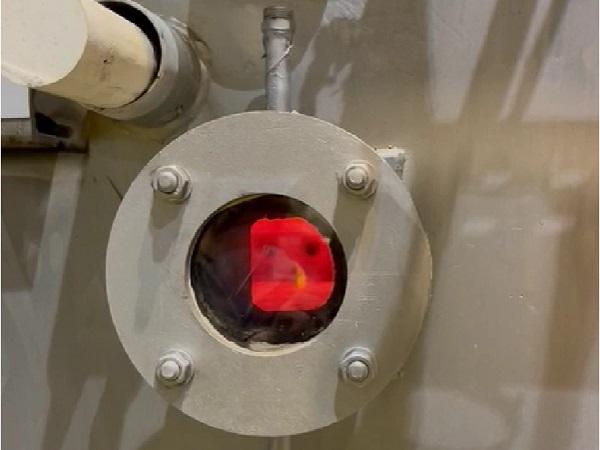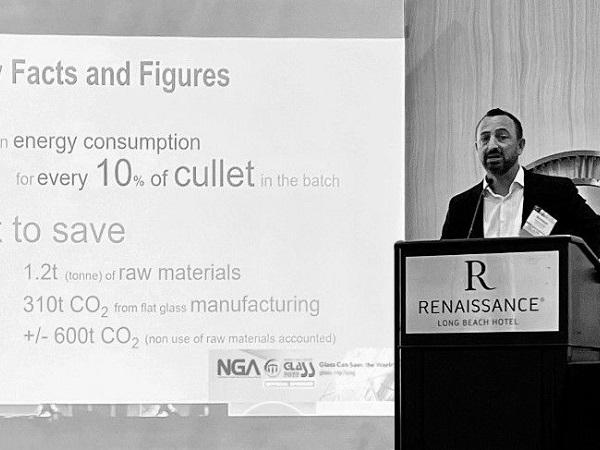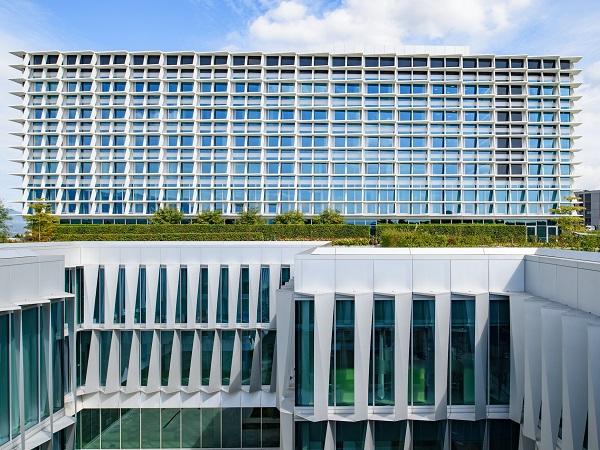Others also read
Trosifol® and SentryGlas® BirdSecure, fully tested at ABC bird US can be applied to any laminated safety glass.
On March 24, during Glass for Europe’s General Assembly, Joana Arreguy, Glass Industrial Director at Saint-Gobain, was elected Chairwoman of the Board of Directors of Glass for Europe.
Improvements needed to the recast of the Energy Performance of Building Directive (EPBD)
Sustainability is at the heart of Glaston's strategy.
Philippe Bastien is the Chairman of Glass for Europe and Regional President AGC Glass Europe.
90 percent recycling rate by 2030: Kuraray joins 4evergreen alliance for innovative circular concepts for fibre-based packaging
Sevasa has been awarded the ISO 9001 Quality and ISO 14001 Environmental certifications
Two in-person panels and a roundtable discussion took place during the 2022 FGIA Hybrid Annual Conference.
SAINT-GOBAIN introduces its new extremely selective solar control glass COOL-LITE® XTREME 61/29
The EPBD has contributed to improving the energy performance of European buildings and our associations ARGE, European Aluminium, EPPA, ES-SO, EuroWindoor and Glass for Europe are strong supporters of this framework.
Transition to a CO2-neutral site: 100% of electricity at Kuraray's site in Troisdorf is sourced from renewables
Scored among top 8% of companies that disclosed data to CDP; Achieved an “A” score on the Supplier Engagement Rating system
Enjoy this interview with Jens H. Nielsen from the Technical University of Denmark, one of the Editors in Chief of Glass Structures & Engineering.
Now, with SWISSPANEL SOLAR, photovoltaic systems are able to fulfil the highest standards in terms of both function and visual appeal.
Industry technical leaders met in Long Beach, Calif. for the NGA Glass Conference: Long Beach.
Sustainability, associated with technology and innovation, has always been Schiatti's choice, but it is also the direction of a circular economy that places glass among the most environmentally sustainable materials.
In both the European Parliament and the Council, the legislative debate on the fit for 55 package becomes more intense.
Sustainable thinking and reliability have been among Glas Trösch's guiding principles for generations. This also applies to the concept of sustainability.
Today, the Chairman of Glass for Europe Philippe Bastien was at the Palace of Nations in Geneva for the opening ceremony of the International Year of Glass.
We all know how important clean water is in the flat glass industry, but do we know the best systems that facilitate clean water?
Energiesprong is a program created by the government of the Netherlands in 2010 to adapt existing buildings to higher energy efficiency standards, becoming zero energy buildings.
Advanced low-e glass helps McDonald’s at Disney World generate more energy than it uses
Research trials into low carbon alternative fuels for glass furnaces are currently ongoing as part of Glass Futures’ Government funded Industrial Fuel Switching Phase 3 programme.
European flat glass manufacturers promotes the dismantling, collection and recycling of end-of-life building glass (from windows, glazing and other products) to ensure that end-of-life flat glass does not end up in landfill.
A new 290-bed public hospital recently open its doors in Solothurn, Switzerland



